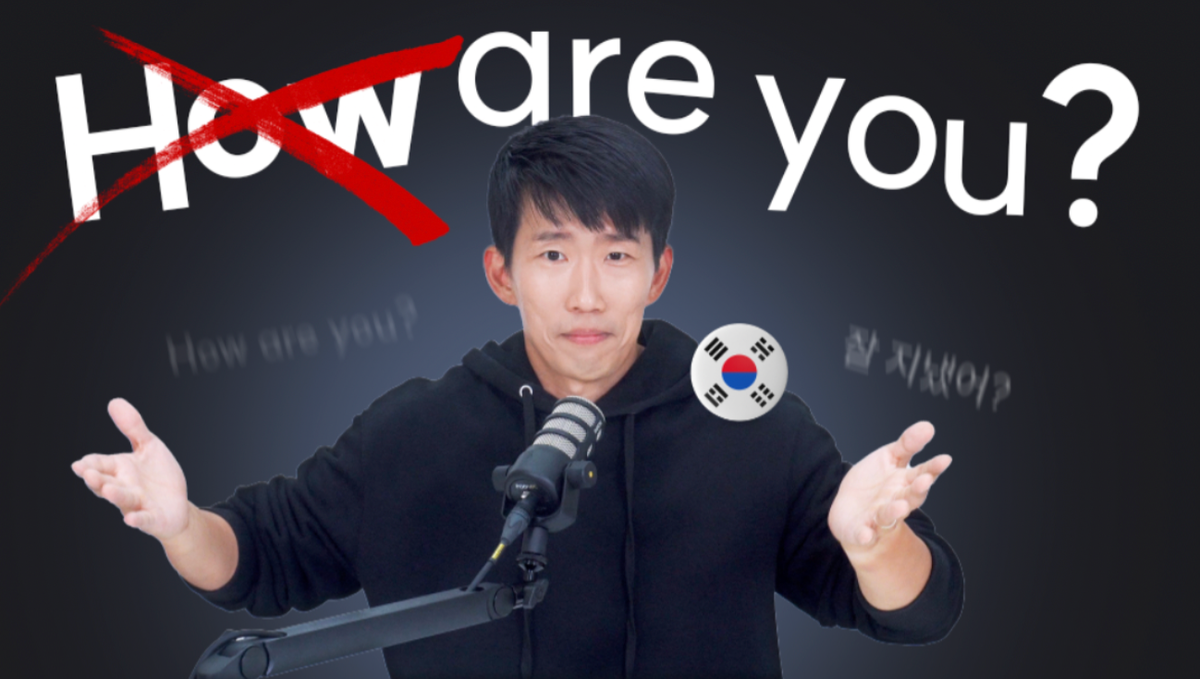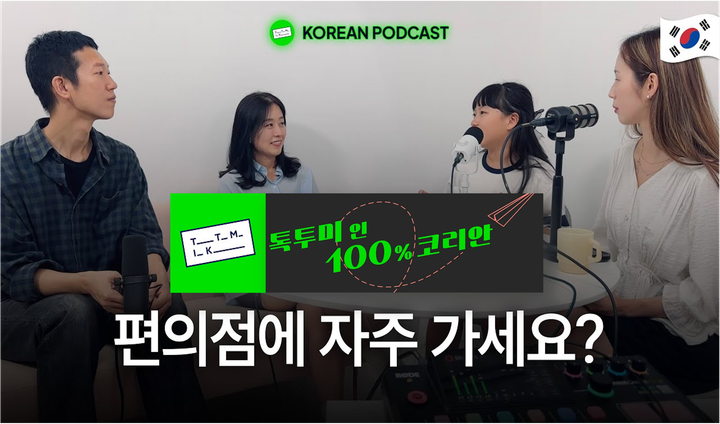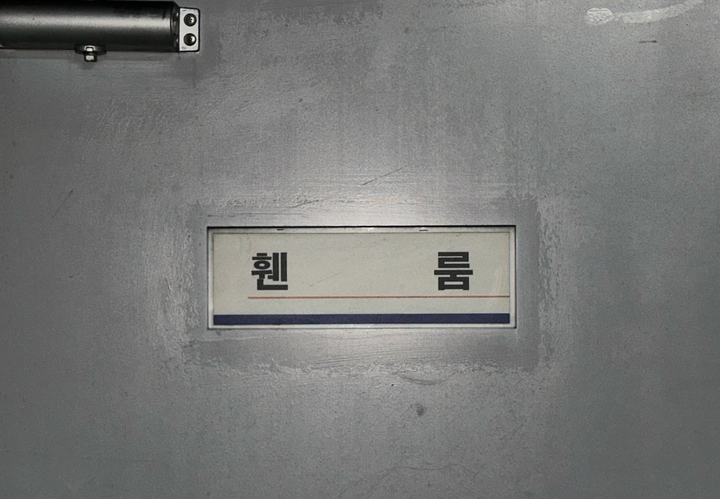In many cultures, the question "How are you?" is almost a reflex when starting a conversation, a courteous gesture to show that you care about the other person's well-being. However, for Korean learners, translating this habit can lead to some unexpected misunderstandings. In this post, I’ll explore the unique way greetings work in Korean and why "How are you?" doesn't quite translate as you might expect.
The Challenge of Translating "How Are You?" in Korean
When I was learning English, I was initially caught off guard by the frequency of "How are you?" It seemed to pop up everywhere! My first thought was, "How am I supposed to answer this? I just saw you yesterday; do you need a daily report?" This cultural difference can be puzzling for learners, especially when “How are you?” is so deeply ingrained in their native language.
In Korean, the common greeting is 안녕하세요 (annyeonghaseyo), which loosely means "Are you at peace?" But don't be misled—this isn’t an actual question. It’s simply a greeting, where the expectation is that the other person will respond with another "안녕하세요," and the exchange ends there. It’s functional, to the point, and doesn't lead to a discussion about your mood, day, or health, unless there's a specific reason to ask.
Common Phrases That Almost Mean "How Are You?"
Learners often try to substitute “How are you?” with phrases like 잘 지내세요? (jal jinaeseyo?), meaning “Are you doing well?” or 잘 지냈어요? (jal jinaesseoyo?), “Have you been well?” But in Korean, these phrases are used only after a significant period of absence. Using these expressions too frequently or casually can come across as unusual or overly formal.
Another phrase that learners might consider is 오늘 어때요? (oneul eottaeyo?), meaning “How’s today?” But this, too, is specific—it’s typically used to ask if someone who’s been sick or troubled is feeling better today.
What Should You Say Instead?
The best advice is simply to stick with "안녕하세요" and let it be. There’s no need to insert a “How are you?” equivalent afterward. It’s a refreshing simplicity in the Korean language, and embracing this can make your conversations feel more natural and respectful of Korean culture.
This streamlined greeting style may also explain why there’s generally less small talk in Korean than in some other languages. In English, you might exchange up to 11 words in a standard “Hi, how are you? I’m good. Thanks. You?” In Korean, it’s a quick "안녕하세요" back and forth, with no follow-up on your well-being. This brevity reflects a broader cultural difference in how people connect and initiate conversations.
Other Ways Koreans Break the Ice
So, if there’s no “How are you?” what do Koreans say to start a friendly conversation? Here are some common options:
- 식사 하셨어요? (shiksa hasyeosseoyo?) - “Did you eat?”
This is a traditional question that shows care, often used around mealtime. - 어디 가세요? (eodi gaseyo?) - “Are you going somewhere?”
It’s a conversational way of engaging someone you meet on the street, though it doesn’t require a literal answer.
In addition to these, people might comment on the weather, mention something noticeable (like a new outfit), or simply exchange a few friendly words on shared experiences.
Bringing This Insight to Your Korean Learning
As a Korean learner, understanding and adapting to these cultural nuances can be just as important as vocabulary and grammar. Attempting to directly translate “How are you?” often won’t fit naturally into Korean conversations. Instead, try to embrace Korean greetings as they are and use culturally authentic expressions. You’ll find that this small change makes your interactions feel more natural and, ultimately, helps you connect more meaningfully with Korean speakers.
Have you ever tried to ask a Korean friend "How are you?" in Korean? How did that go? What are some other ways you’ve used to break the ice in Korean? Share your experiences in the comments here or join us in our new Community section on our website! It’s a great place to engage with other learners, ask questions, and even connect with the TTMIK team.



